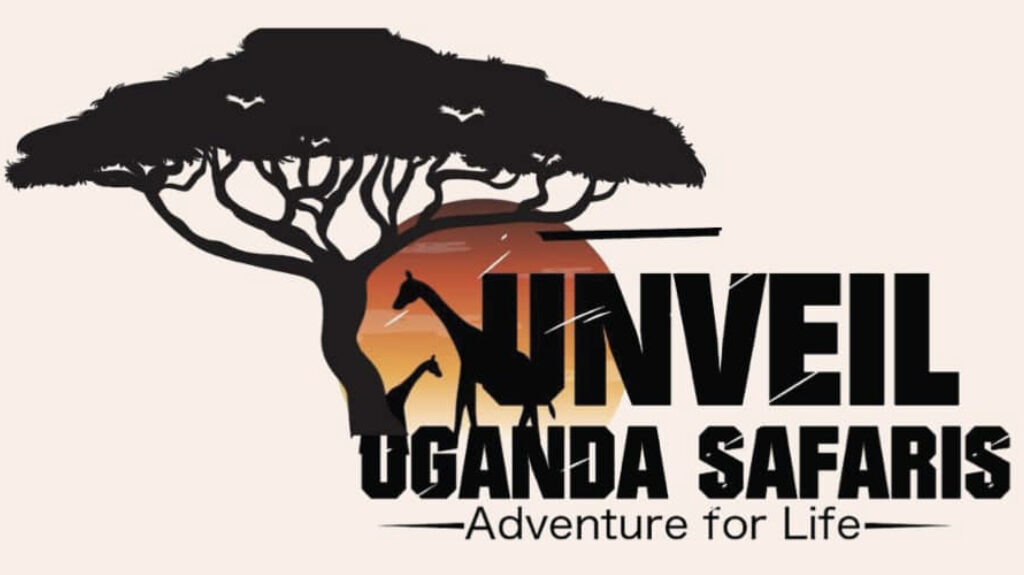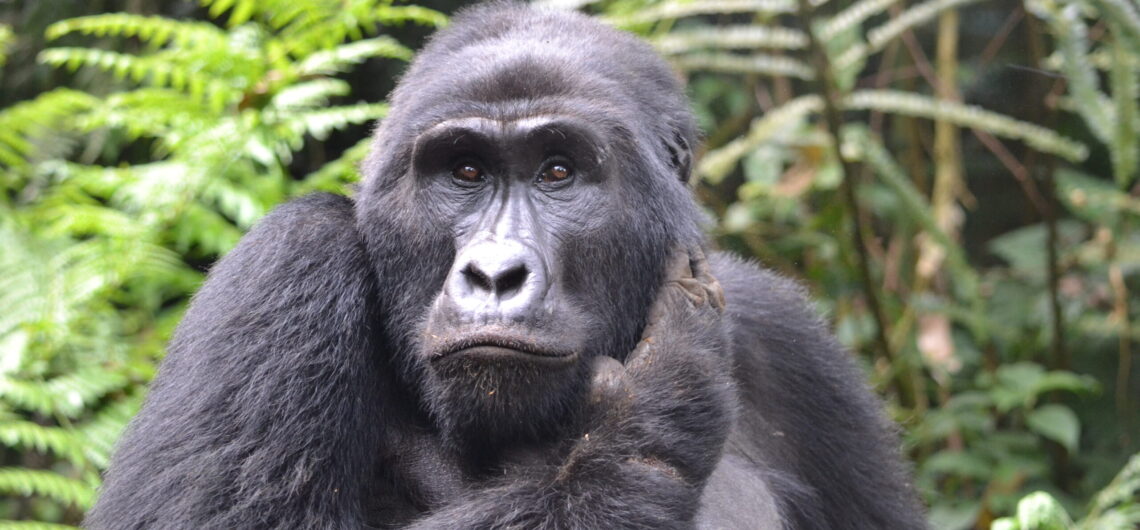Gorilla mania is not a recent phenomena as you might think. A long succession of fascinating people have been caught in the spell of the mountain gorilla The first scientist to study gorillas in the wild was Carl Akeley of American Museum of natural history. He journeyed to the virungas where he collected (shot) the family group that now appears stuffed in the excellent habitat display in New York. Akeley became intrigued with gorillas and felt in love with their mountain habitat. In 1926, he returned to the virungas, but died shortly after he began his work. He was buried just underneath the spire of Mikeno volcano, in what was then the Belgium Congo After the second world war, Walter Baumagartel settled in the village of Kisoro, Uganda. He opened a lodge in the shadows of the volcano Sabiny, Muhabura and Gahinga. In the late 1950s, his travelers rest house to be known as a place to go to see gorillas in the wild. His guide Reuben, was a celebrated gorilla trackerwho took many clients on the trail of the apes. Those gorillas were not habituated and it was a fortunate visitor who got more than a glimpse of a fleeing animals. When pursued, the silverback would charge: witnessing that hair-raising display was on of the chief attractions of the visit. it became known that the charge was a scary bluff and that if the pursuers stood their ground, the huge male would run off. One of the visitors to Baumagartel’s was George Schaller, a young American biologist. He spent a year in the virungas, living in Carl Arkeley’s old campsite underneath Mikeno. He was a new breed of biologist, a student of ethology, the study of animals in the wild. His pioneering research demonstrated that gorillas were actually gentle
Gorilla mania is not a recent phenomena as you might think. A long succession of

